


Naval Institute Press
291 Wood Road
Annapolis, MD 21402
2000 by the U.S. Naval Institute, Annapolis, Maryland
All rights reserved. No part of this book may be reproduced or utilized in any form or by any means, electronic or mechanical, including photocopying and recording, or by any information storage and retrieval system, without permission in writing from the publisher.
ISBN: 978-1-61251-830-5 (eBook)
Library of Congress Cataloging-in-Publication Data
Hughes, Wayne P., 1930
Fleet tactics and coastal combat/Wayne P. Hughes, Jr.2d ed.
p. cm.
Rev. ed. Of: Fleet tactics. C1986
Includes bibliographical references and index.
I. Naval tacticsHistory. 2. Naval tactics. 1. Hughes, Wayne P., 1930 Fleet tactics.
II. Title
V167 .H84 2000 99-048566
359.4209dc21
 Print editions meet the requirements of ANSI/NISO z39.48-1992 (Permanence of Paper).
Print editions meet the requirements of ANSI/NISO z39.48-1992 (Permanence of Paper).
17 16 15 14 8 7 6 5 4
To Captain Hugh G. Nott, USN (Ret.)

Contents

Tables
Figures

Fire effectively first!
The young officer deals in tactics. That is what he cares about most. While he chafes against other duties, his first focus is meant to be the development of skills to bring combat power to bear on an enemy in circumstances of mortal danger. Later in life, the much older officer returns to tactics after wandering through the fuzzy landscapes of operations, strategy, and policy. He returns to tactics, first, because it is what animates his profession. It is where the transactions are made and the payoffs, for better or worse, are harvested. Second, he returns there for consistency, almost as a matter of aesthetics.
At the height of the Cold War, the then-Chief of Naval Operations was reported to have said the U.S. Navy had lost its thin margin of superiority over the Soviet Navy. That was a complex, carefully considered, and grave judgment. One of the principal technical ingredients in that calculus was the threat of air-, submarine-, and ship-launched cruise missiles. Fortunately, that judgment was never tested. In this second edition, Captain Hughes, using actual combat data not available to the CNO at the time, indicates that the CNOs concerns were justified. This called for action at all levels. At the time, young officers turned to tactics as the only tool available to them, technology being fixed in the near-term. Once again, tactics informed operations and strategy.
Captain Hughes opens the introduction to this second edition with Admiral Fiskes caution that wise naval policy must take into careful account the tactics to be used. Later, he takes up Admiral Nelsons admonition that a ships a fool that fights a fort. Yet, in the 1994 vision statement, Forward from the Sea the U.S. Navy and Marine Corps leadership state that the new direction for the Naval Service is projecting power from the sea in the critical littoral regions. More recently, the CNO has envisioned a 21st Century Navy capable of influencing events ashoredirectly and decisivelyanytime, anywhere. For both Admiral Nelson and the modern-day U.S. Navy and Marine Corps, this resolves to the fundamental mission of the Navy of controlling and exploiting command of the seas. This is classic Navy. Do our tactics and our technologies support these policy statements? If not, then Nelson continues to be right. This present-day example of tactics animating policy indicates the focus required of tacticians young and old and profound changes in our technology choices.
Our present information age illustrates the close coupling between tactics and technology and portends a sharply increased power of tactics in effecting operations and strategy. While strategy may seek to control the scope, pace, and intensity of a conflict, tactics controls the very powerful second derivative, that is, the rates of change that affect mens minds where wars are won and lost. The importance of scouting (information-gaining activities) and missiles reflects the dominant characteristics of the information ageaccess and speed. Long-range high-speed weapons have power only insofar as they are informed. High levels of shared awareness among forces have been shown to dramatically increase speed to scout, to decide, and to execute. Hence, the modern-day practitioner fights first for information superiority, indicating the technical and tactical choices that must be made. Put another way, we must buy the forces and develop the tactics necessary to assure information superiority. Captain Hughes would argue this isnt new, only that the importance and complexity of the choices may be greater.
Similarly, access must be assured, indicating technologies and tactics that we do not now have. Pressures impeding their acquisition abound. Among them is the wistful belief that combat can be conducted from sanctuary. Much to the contrary, everything in harms way, whether placed intentionally or by chance, is a combat consumable. This is why again the Naval War College at Newport has returned to the task of developing a Navy based on the tactics and technologies necessary to win. This requires a focus on the constants and long period trends that Captain Hughes illuminates so well.
My fear is that, thinking tactics subordinate to their interests, officials who are involved in strategy and policy will not read this book. The result will be the further neglect of the bloody lessons of history and the failure to position appropriately for the opportunities and significant risks in this high-speed information age. Events and developments between the two editions of this book have revealed the accuracy of Captain Hughess analysis and insights. In this second edition, he once again uses the lamp of history in artful and compelling ways to light the future, its pitfalls and its opportunities, for Navy leadership.
Why study tactics? It is the sum of the art and science of the actual application of combat power. It is the soul of our profession.
VICE ADMIRAL A. K. CEBROWSKI

As a naval aviatorharboring all the biases that term connotes, forged from years of exhilaration at the reassuring sensation of a hot cat shot and the welcomed tug of the arresting gear on a dark blustery nightI am often asked, How much longer will carriers be the centerpiece of the U.S. Navys tactics? It seems as if the question of the carrier as sitting duck just wont go away. A responsible answer must revolve around technology and tactics, and the pages that follow, which treat of these topics extensively, are relevant to the whole issue. The book you are about to read does a masterful job of blending technology and tactics in a historical context. Indeed, it is the most comprehensive and comprehensible of any book on tactics yet written.
Next page

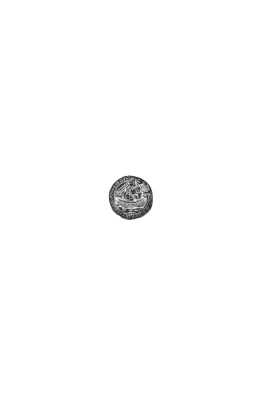
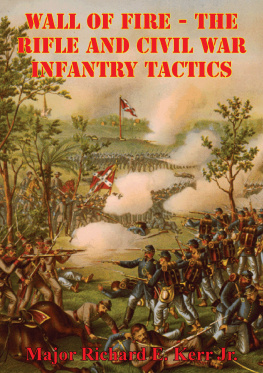
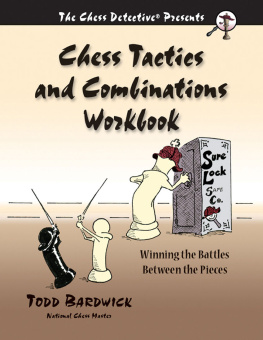
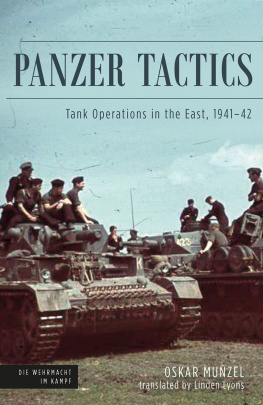
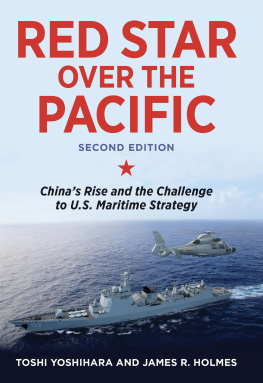
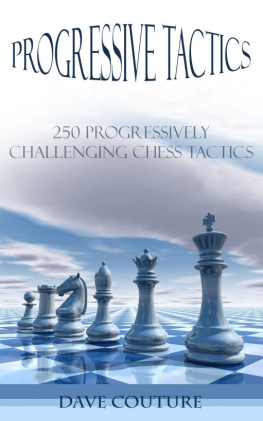
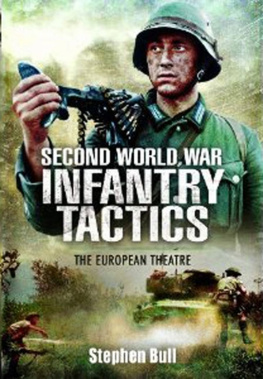


 Print editions meet the requirements of ANSI/NISO z39.48-1992 (Permanence of Paper).
Print editions meet the requirements of ANSI/NISO z39.48-1992 (Permanence of Paper).